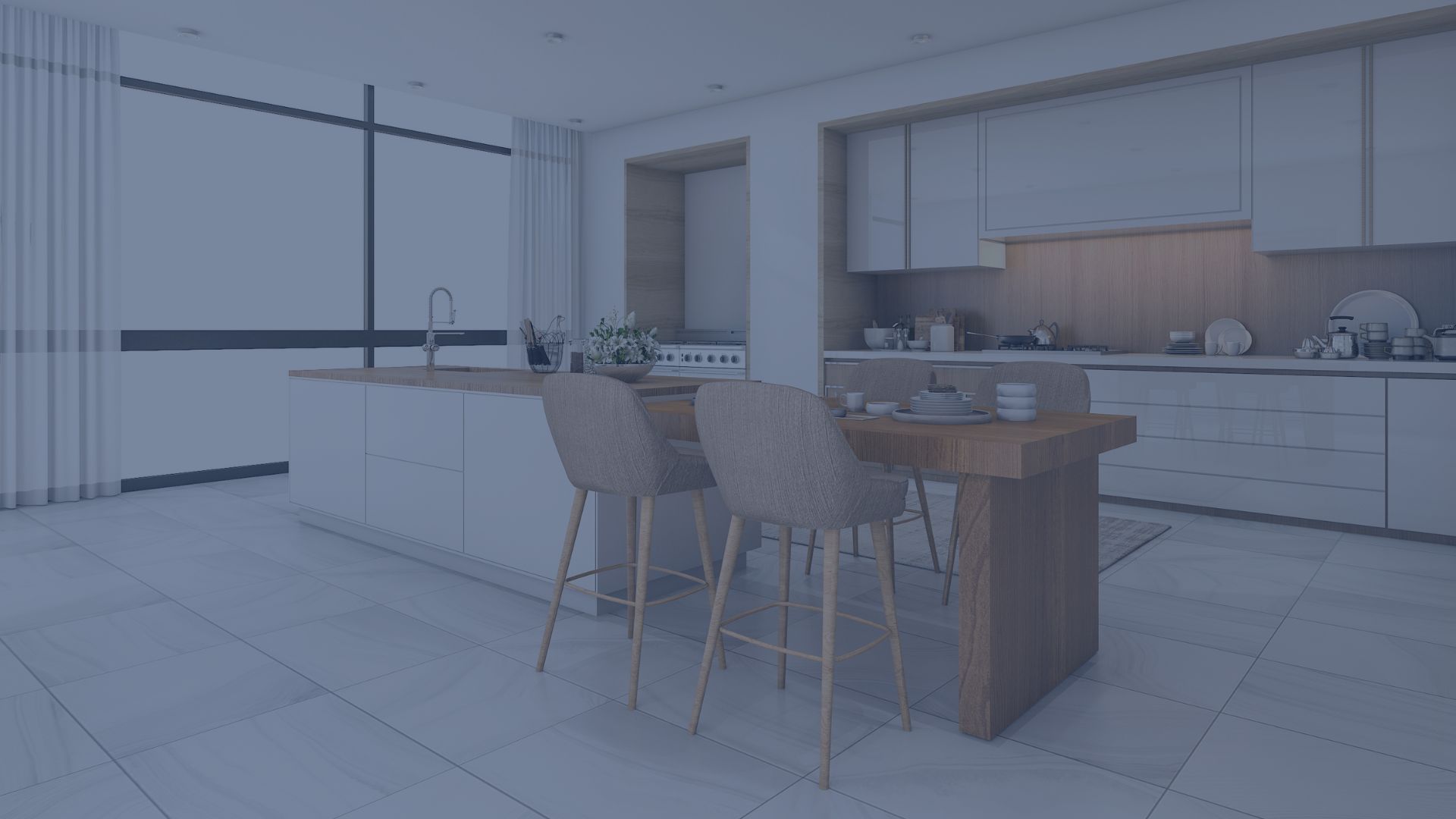Multifamily real estate investments can feel like a safe haven for investors who aren’t fans of the stock market’s volatility or want to diversify their portfolio of income-generating products.
But winds are blowing that could affect both the risks and rewards associated with investments in multifamily real estate well into the future. To provide a loftier level of thought leadership on trends set to shape the fortunes of multifamily real estate, we’ll focus on four factors others seem to be ignoring.
Interest Rates That Can’t Last
Today’s high-interest rate environment and elevated prices for single-family dwellings are keeping many first-time home buyers out of the market longer or altogether, resulting in upticks in tenant occupancy rates and profit potential that multifamily real estate investments like apartment buildings and mixed-use properties with apartments above commercial real estate units, haven’t seen in years.
But high interests won’t last forever, and because high rates also increase borrowing costs for investors, a rate drop of even a few percentage points could send apartment dwellers out the door en masse, leaving multifamily real estate owners holding the bag on a mortgage that’s no longer able to deliver the returns of the competitive, low-vacancy environment the sector currently enjoys.
If interest rates declined quickly, would you invest more or struggle to fill empty inventory and maintain your hard-won gains?
The End Of Remote Work / Long Live Remote Work!
As a result of the 2020 COVID-19 pandemic and the remote work trend it necessitated, office vacancy rates across the globe have soared to the highest they’ve been in decades. Many CEOs anxious to staunch the financial bleeding associated with unused office space have recently drawn a line in the sand, demanding employees return to work or face termination. Although employee preference for remote work remains strong, inflation, the prospect of being fired or laid off and the attendant fears of being unable to weather a worsening economy have brought many back to the office, albeit begrudgingly. But quicker than you can say “back to school,” a recent surge in worldwide COVID cases may have tipped the scales back in favour of a fully remote or at least hybrid work model for the foreseeable future.
While CEOs and employees have been battling it out, politicians under pressure to revitalize deserted downtowns and increase affordable housing spaces have been busily rethinking how changes to permitting and zoning regulations – along with tax incentives – could help fill all that empty office space.
Because many workers may never return to the office and the need for affordable housing shows no sign of abating, allowing multifamily units within previous office-only commercial real estate settings could be a move that solves many problems at once and provides incredible new opportunities for multifamily investors.
Keep an eye on COVID-19, the back-to-the-office battle and downtown revitalization policy shifts. No matter who wins – COVID or CEOs – the demand for apartments within metropolitan areas will likely increase, creating both multifamily investment opportunities and dynamic downtown spaces in its wake.
The Demand for Innovative Multifamily Real Estate Amenities Soars
The combined rental payment power of Gen Zers, Xers, millennials and retiring boomers is astonishing. And while there are lots of differences between these generational cohorts, a few similarities have resulted in recent innovations in the multifamily amenity space.
Common ties that bind the four generations include:
- A resolve to own less and live more.
- An ability to feel comfortable in small personal spaces.
- The need to connect and foster community in common or outdoor spaces.
- A desire to reduce their eco-footprint.
For example, Gen Zers, Xers and millennials don’t mind not owning their place or living with limited square footage. They’re too busy travelling (YOLO, y’all!) and favour the pint-sized eco-footprint that small spaces afford anyway. Meanwhile, boomers are done with home maintenance, ready to declutter and would rather be gardening.
Multifamily developers and investors have responded with amenity innovations such as:
- New designs for shared-goods rooms
Loaded with everything from vacuum cleaners and scooters to picnic baskets and Bocce ball sets – all of which can be signed out for free – these shared goods spaces are designed to attract and retain tenants and foster community connections between them. - Vending solutions for shared goods when renos are a no-go
When retrofitting an older building isn’t possible, multifamily investors are implementing vending machine-like units that can be stocked with household and recreational goods and placed in a building’s common spaces. Users browse available items on a website, make their selection and pay an hourly or daily rate to use the object. The system reminds users when goods are due, notifies landlords if anything goes missing and operates at break-even or better level for most investors who try them out. - Greener social spaces
From slathering exteriors and rooftop patios with super-white paint designed to fight global warming to increasing the efficiency of solar panels by positioning cooling mini-gardening plots beneath them – multifamily efforts towards enacting eco-sustainability projects that delight renters across all generations, save money and stay a step ahead of environmental compliance issues have come a long way from just replacing incandescent bulbs with LEDs.
Artificial Intelligence (AI) Perils and Opportunities for Multifamily Real Estate
Mind-boggling advances in AI are just around the corner. And while AI promises to solve many of the world’s biggest woes, there’s also the risk of creating new, even more worrisome ones.
Artificial intelligence algorithms already analyze demographic and geographic data to supply the items for the shared-goods vending machines you might be considering now. But they can also help analyze real estate data and make predictions about market trends, property values and the demand for certain properties, allowing commercial real estate agents to better advise their clients.
Implementing an AI system for your multifamily real estate investment property or portfolio is no piece of cake. Software is expensive, as are the hardware and storage requirements for a system that constantly calculates and learns, i.e., one never stands still.
AI pros include efficiencies associated with:
- Automating tweaks and fixes to ensure full compliance with building codes and the highest level of sustainability, security and safety in the design of new buildings.
- Automating the management of building utility systems for the best tenant experience with the lowest utility cost
- Analyzing building systems to identify imminent failures and scheduling proactive maintenance activities to avoid them.
- Creating always-on tenant support systems
- Streamlining tenants’ search for multifamily units to fit their needs.
AI cons include moral and fairness issues associated with:
- Putting entire industries and classes of employees out of work, making them vulnerable to housing loss
- Optimizing rental rates for maximum profit, causing renters to overspend on their housing budgets or risk being unhoused.
- Opening up users of rental optimization software to antitrust scrutiny for illegal, anti-competitive practices
New influences on the multifamily real estate sector are arriving from many directions and driving change at an unpredictable pace. Stay in the know on the latest multifamily real estate trends by talking with an expert RE/MAX commercial real estate broker today.





